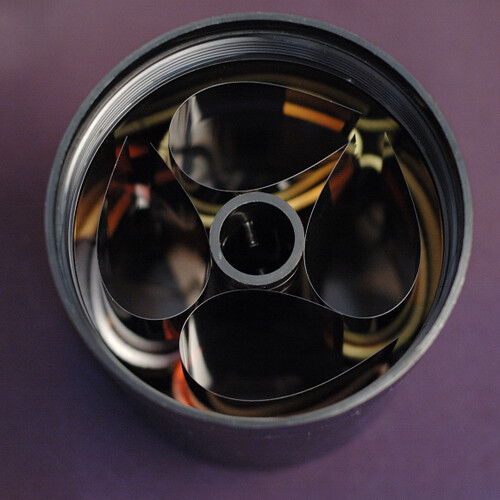Hi all.
I am interested in doing my own b/w processing, however would need your advice before buying some stuff and doing my first tests.
While searching the forum i get the most popular methods are either by using the
Combiplan, or straight tray developing which seems to be the simplest and cheapest method.
Now, what's not very clear:
1. how many trays will i need? im thinking about
this 3 pieces set (for developer, fixer and water). is that enough for basic development?
2. what other accesories should i be looking for? (clips?)
3. should i do agitation by hand or using a film clip of some sort?
4. any cheap and practical ways of drying the sheets?
5. are the chemicals dangerous? some people seem to use hand gloves and face masks while developing. is that what you do?
Or, should i think again about the Combiplan?
Hopefully there will be people pacient enough to share their experience.
Thanks!




 Reply With Quote
Reply With Quote

 )and storage containers for your chemical stock solutions.
)and storage containers for your chemical stock solutions. 



Bookmarks